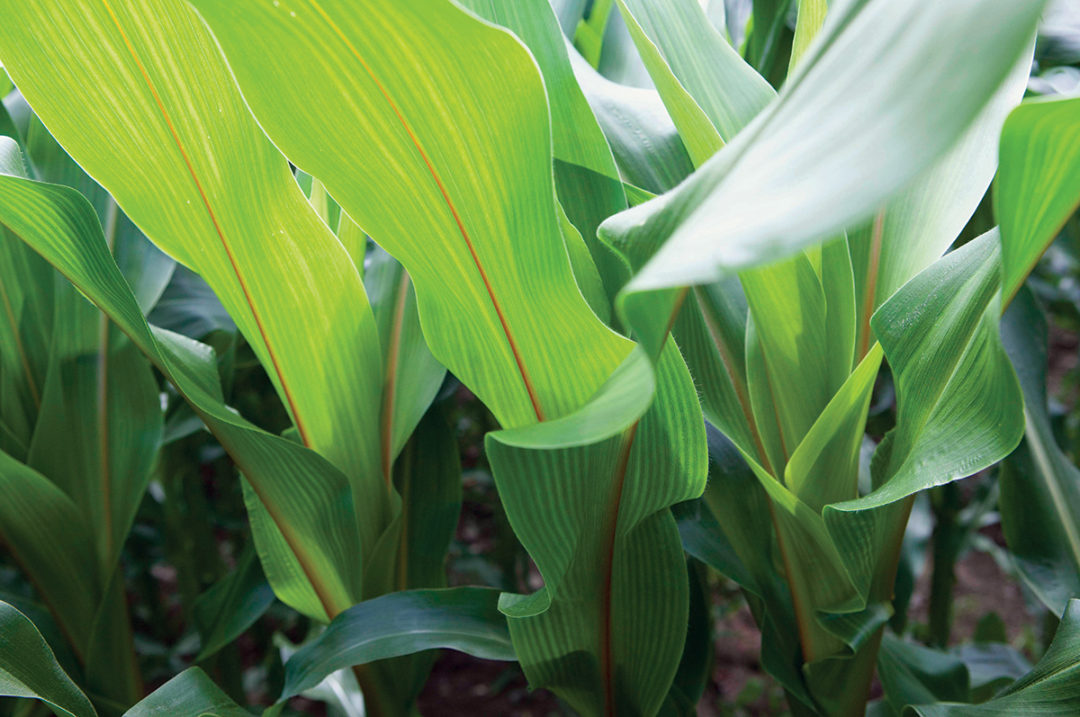As spring planting plans get underway, be sure to explore all options with your cropping team and nutritionist. Under the right conditions, you may want to consider a standard corn silage acre change to include brown midrib (BMR) corn silage.
For the past 20-plus years, the USDA, universities and seed companies have been conducting research to learn more about BMR corn silage and the effects feeding it has on milk production and dry matter intake (DMI). BMR corn silage consistently offers higher neutral detergent fibre (NDF) digestibility compared to standard corn silage. Optimally fed in early lactation, BMR silage shows significantly higher fat-corrected milk yields and helps maintain DMI throughout the lactation. However, BMR corn silage comes with an agronomic cost of reduced yield per acre, requiring an adequate land base, and a feed efficiency cost to cows in late lactation.
There are several ways to incorporate BMR silage into your herd nutrition program – feed only in the lactation diet, feeding pre-fresh and post-fresh, and feeding only in the transition period. Research points out that the most important diet to include BMR is three to four weeks pre-fresh (transition ration) followed by BMR corn silage in the ration for at least four weeks after calving. The more fragile fibre in BMR will stimulate DMI during periods where the cow is most compromised for intakes. This research also showed that BMR-fed cows maintained a milk yield advantage even after being switched to a more agronomically sound standard corn silage.
There are several factors to consider when rethinking your corn silage planting options by adding or including BMR. You may want to begin by asking yourself these questions:
- Do you have the available acres to accommodate the lower-
yield BMR silage coupled with increased corn silage intakes? Perhaps changing 20% to 30% of corn silage acres to BMR silage may be a place to start. - Do you have the storage space/options to segregate BMR silage from standard corn silage?
- Does your farm have the facilities to group cows that are going to utilize the BMR corn silage to its full potential – transition and high-string cows?
The decision as to how much BMR to plant and which groups of cows should receive BMR silage has to be made on each individual dairy in cooperation with the cropping team and the nutritionist. Be sure to consider the advantages and drawbacks of BMR silage in a transition cow diet and how they will work in your individual nutrition program.











